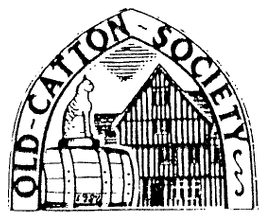A 3-masted coaster sailing from Liverpool, foundering in a fierce storm and three lifeboats from Lancastrian fishing ports battling mountainous seas to save it. This was the dramatic scene painted by Mrs Paula Hughes as she began her talk at our March meeting. She was telling the story of the RNLI which had been formed in 1824 to organise the saving of life at sea which, until that time, had been left to local fishing communities. However, after initial enthusiasm and temporary government funding the organisation had fallen into financial difficulties and it was the tragedy unfolding in the Irish Sea in1886 that saved it. Two of those lifeboats capsized with the loss of 27 crewmen and public shock prompted a one-day street collection in Manchester which raised over £600 (mostly in pennies). This was an altogether novel way of fund raising and it quickly gained popularity across the country burgeoning into a national “Lifeboat Day” so successful that it restored the fortunes of the RNLI. Meanwhile the means of rescue remained the same, fishermen manning rowing boats, as exemplified by Norfolk’s own Henry Blogg who manned a lifeboat for 53 years during which time he helped to save 873 lives, earning 3 gold medals and 4 silver. When he eventually retired, in 1947, powered boats were coming into service and Mrs Hughes said there are now over 340 such boats in use plus 25 hovercraft for shallow waters and mudflats. The RNLI has expanded inland too, with 16 specialised Flood Rescue teams to assist in disaster areas. This and the decline of the fishing industry has led to a change in its makeup. Only about 10% of the crewmen are now fishermen, the remainder being made up of enthusiastic volunteers from all walks of life, both male and female, who receive training at a specialised centre in Poole.
We are grateful to Mrs Hughes for an informative and entertaining evening.
George Jeffries
